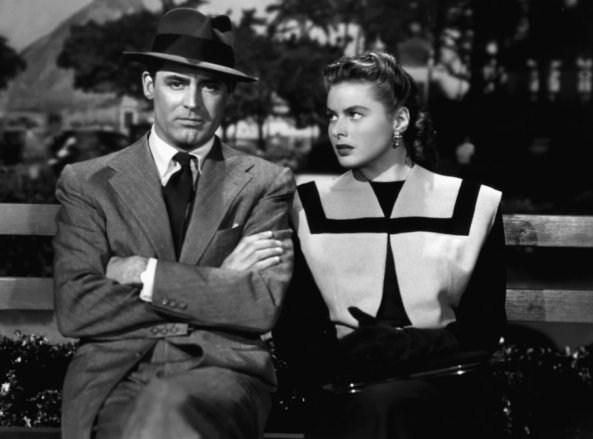Alfred Hitchcock has the most recognizable silhouette in all the world, yet Sacha Gervasi’s film “Hitchcock” is little more than the silhouette of the man. It only hints at his many vices, fetishes and moments of pure genius, content instead to be an amusing caricature.
Standing in Hitch’s (Anthony Perkins) shadow is of course his wife Alma Reville (Helen Mirren), a long time screenwriting partner and assistant director who never got the attention she deserved. This is her story more than Hitch’s, about how during the production of “Psycho” their marriage hit a rocky patch. She started a professional affair with Whitfield Cook (Danny Huston) that was bound to turn into a romantic one, and all the while “Psycho” was turning into a dog of a movie.
Despite the massive success of “North By Northwest,” Hitchcock was still being called old-hat by the press, championing French New Wave masters of suspense like Claude Chabrol and Jules Dassin poised to take his throne. As a change of pace, he decided to make a low-budget horror movie based on the murders of Ed Gein (Michael Wincott), but it sickened the studio heads and the censors, forcing Hitch to finance the movie himself.
This is Film History 101. It touches on how Hitchcock bought up all the copies of “Psycho” to prevent people from knowing the ending, how the censors objected to a toilet being shown flushing on camera and how directors and actors were locked into contracts with the studios, but it doesn’t reach to explain how the studio system really worked or even how the master himself found inspiration for all of “Psycho’s” brilliant ideas.
Instead, “Hitchcock” may as well be “Rocky,” the old-guy jumping back in the ring to prove he’s still got it. Does it take liberties in the process? That’s hard to say, and I believe Gervasi, the documentarian behind “Anvil! The Story of Anvil,” did his research. But was Hitchcock really bothered he never won an Oscar? Did he really think TV “cheapened” him? Did he really spy on his leading ladies in the same way Norman Bates did?
The real pleasures of the movie are the performances and the coy, immature humor on sexuality and violence. Hopkins is more dirty-old-man than macabre, but he has some fun orchestrating terror, either on set getting Janet Leigh (Scarlett Johansson) to scream during the shower scene or in the movie theater lobby as the audience screams during the finished product. The movie’s best gem is James D’Arcy as an impeccable Anthony Perkins. He only has one big scene on Hitch’s casting couch, but he owns those ominous wide shots.
“Hitchcock” is less of a movie buff’s movie and more for someone who is familiar with the master of suspense but hasn’t dug too deep in his catalog. Coincidentally, watching his films remains the best and most enjoyable way to really understand the silhouette of the man.
3 stars
